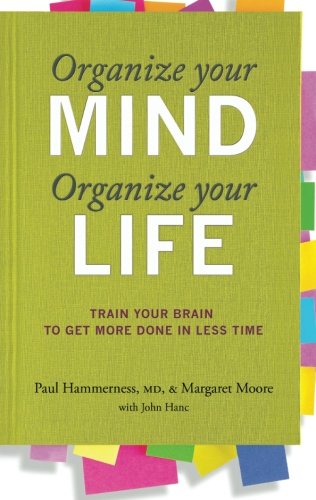When you are injured badly, you are in pain and you are shaken up, sometimes literally. You lose perspective. You may have temporary alteration of your memory mood and judgment. You need guidance on how to recover, and your instincts aren’t a good guide. That is why in good medical care environments, you have a team of people, from family and friends, to doctors and nurses who help you get better.
In the very best of medical care environments, you have those, plus the group of therapists: physical therapists, cognitive therapists, occupational therapists, and family therapists. These are the people who take you from healing and back into high functioning. We underutilize them. I write today to make you aware of all this by sharing what our experience has been thus far with my son Vale and his physical therapy.
As those of you who have been reading this blog know, our son Vale had a serious ski injury on Saturday February 6th. He sustained a comminuted (broken to pieces) fractured femur, a mild concussion, a broken rib and a mild pulmonary contusion. That evening he had a long emergency surgery requiring a great deal of internal fixation. The next day he was discharged home as per is customary. He required pain meds, and still had memory deficits, though he was basically himself. Appetite was slow to come and he was quite discouraged.
Much to our surprise, they requested his first physical therapy visit the very next day, or post operative day two, Monday the 8th. I couldn’t imagine what they would be doing with him at that early stage, despite my familiarity with surgical recovery in general.
When we arrived, they informed us they had spoken with his surgeon and were appraised of his hospital course. They proceeded to perform consultation much like we doctors do, beginning with a history and then proceeding with a physical exam. However, this exam was precise, detailed and recorded, covering all neurological aspects, range of motion, and strength.
I expected all this. What I didn’t expect was the best part. The facility was beautiful and open, and all the staff were fit and upbeat. There was even a freshly shampooed dog randomly going from area to area to cheer people up. The whole encounter brightened our son’s spirits, and renewed his hope. They told him all about the typical post op course with injuries like this. This showed him a light at the end of the tunnel. It gave him some tasks to do and milestones for progress, thereby dispelling feelings of powerlessness.
There were so many more things to do to help his recovery than we had anticipated. I often recommend that patients enter physical therapy. Not uncommonly they ask me, “ What could they possibly do that would help ? “ The answer is, go and see. Since Vale has entered PT, he has gotten serial cognitive testing, passive range of motion exercises, strength exercises, electrical stimulation and deep oil massage of the muscles near the fracture. Soon, when the incision is better healed, he will have water therapy.
His sessions are not necessarily comfortable. Nonetheless he looks forward to them. He can see his own progress because it is actually measured. Thus he is consistently encouraged. They tell me this is typical. Today is post op day ten and it was his first day back to his University classes. He felt himself, and did not notice any problems in following the material or using his crutches. I credit his ongoing PT for his speedy recovery.
I encourage all of you to look into physical therapy if you have chronic pain, injury, or problems getting around. There are many other conditions which can benefit from physical therapy. Discuss this with your doctor at your next appointment to see if you might stand to benefit.























